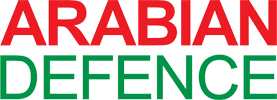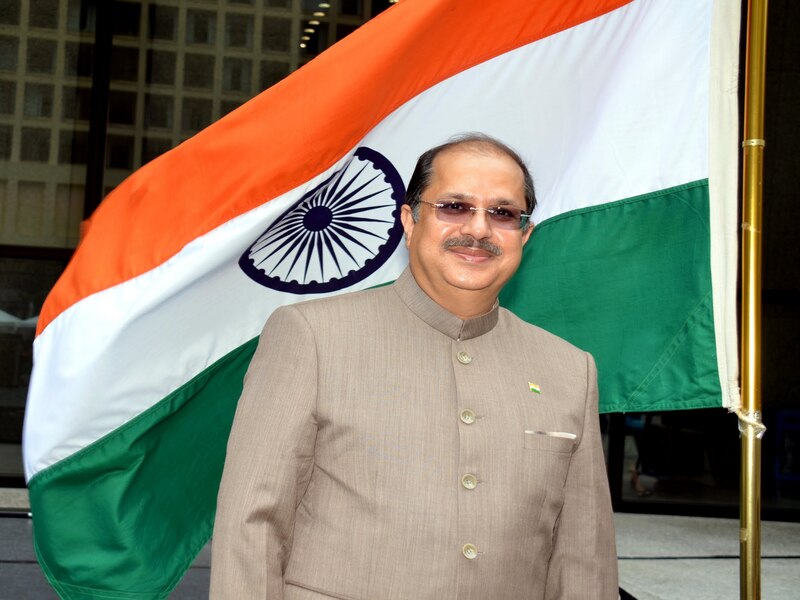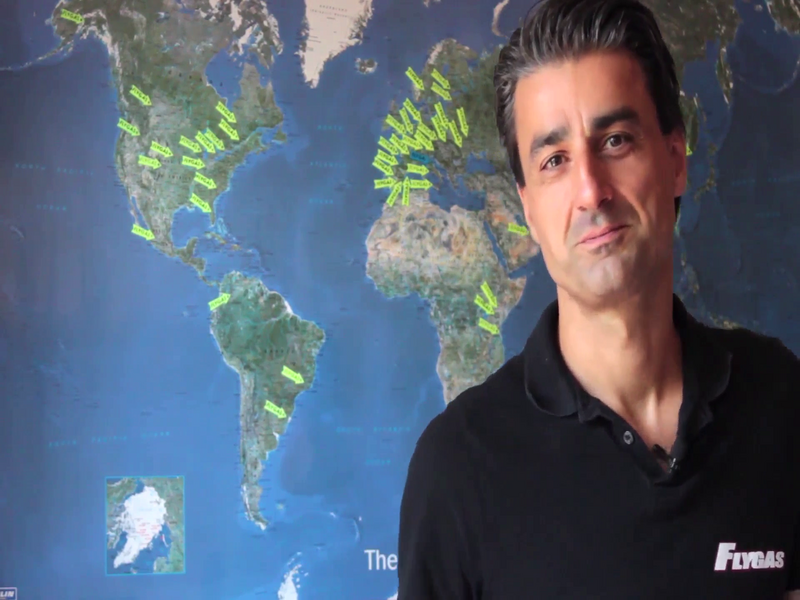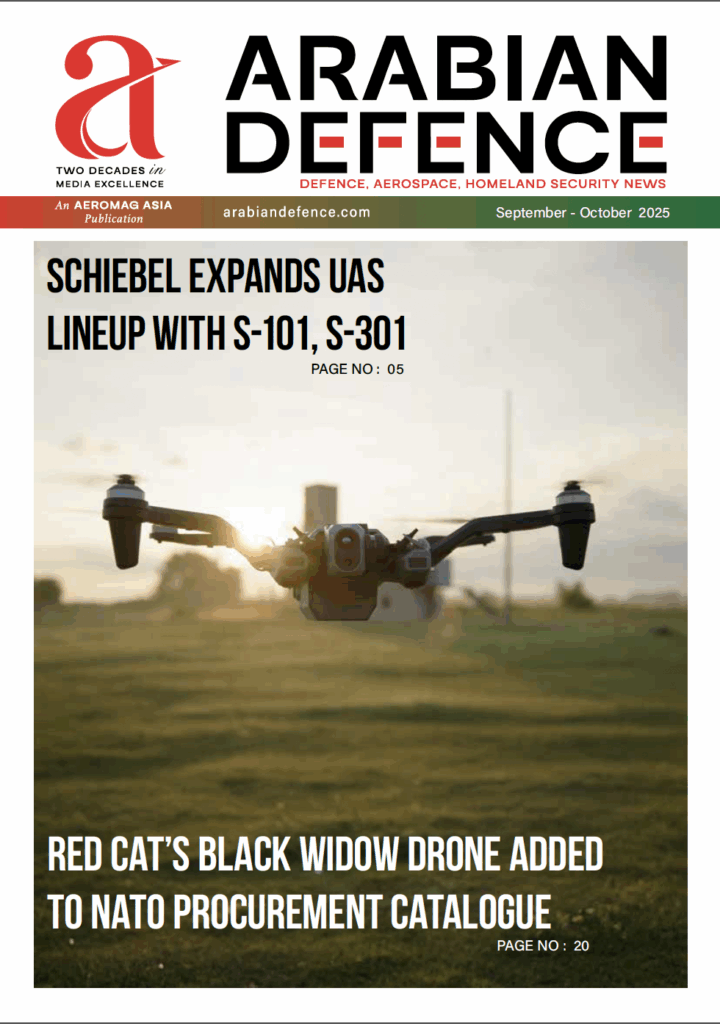
Stefan Lischka
Managing Director
ARTEC
The Boxer armoured transport vehicle is a highly mobile, state-of-the-art wheeled vehicle whose modular design permits various mission-specific configurations. Its mission variants include a troop carrier for transporting an infantry section, a field ambulance, a combat engineering section vehicle, C4I and C2 command vehicles, a logistics vehicle, and a battlefield maintenance vehicle. “ARTEC will be present at the Eurosatory 2024 and showcasing Boxer applications and variants. ARTEC will present the unique modularity concept of Boxer to counter all the major threat situations of today’s world,” said Stefan Lischka, Managing Director, ARTEC, which is responsible for the Boxer development programme and in charge of coordinating its serial production. In an interview with Arabian Defence, he talks about the company’s operations, Boxer’s capabilities, expansion plans etc.
Could you explain the role and responsibilities of ARTEC GmbH as the OEM for Boxer vehicles and its involvement in the development, production, and support of the platform?
ARTEC with its parent companies, KNDS Deutschland and Rheinmetall Landsysteme, is the OEM for Boxer and provides professional programme management. This also includes systems engineering, configuration management, and ILS management to ensure a future-proof capability is delivered across the entire Boxer customer base.
One of KNDS Deutschland and RLS’s core competencies is the provision of turnkey solutions for armoured vehicle modernisation and replacement programmes. With experience in fielding new land systems in over 30 countries worldwide, including providing accompanying equipment and services, we guarantee a smooth roll-out and easy equipment fielding as well as know-how transfer to armed forces.
The ARTEC consortium provides proven experts for production, maintenance, training, and service in international projects and engagements, as well as for external country operations, accompanying our customers for international missions, such as Afghanistan, to guarantee the service and support of our equipment. The ARTEC consortium is fully committed to long-term relationships with our customer base, supporting our products fully over their lifecycle, and providing the highest levels of technical input, customer service.
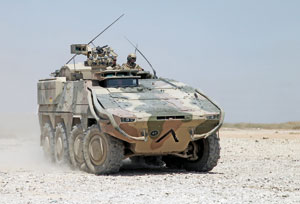
Could you elaborate on the specific features and capabilities of Boxer that make it the preferred choice for modern Infantry Medium Forces?
Protection – Survivability without compromise: Boxer is a heavily armoured 8×8 wheeled vehicle with a unique modularity concept. Boxer further provides an integrated multi-layer protection system for improved crew survivability both in peer-to-peer conflicts – even with protection against tactical nuclear explosions – and in asymmetric conflicts, with protection against all kinds of IEDs. Boxer is designed to meet the highest protection levels for wheeled vehicles.
The modular design of a multi-layer floor concept and safety cell provides a unique overmatch behaviour that minimises the “catastrophic kill” risk from mine and IED attacks. The underlying protection philosophy of the Boxer provides a multi-hit capability and sufficient residual mobility after attacks. The Boxer is operative with the whole crew – even driver and commander – under armoured protection. To prevent an impact, the Boxer follows a new generation of stealth design, low acoustic, infrared, and radar signatures
Payload – Integral growth potential: Boxer has a high load-carrying capacity and protected volume that provides further growth potential and owns excellent on and off-road mobility that is comparable to tracked vehicles off-road while maintaining the on-road advantages of a wheeled vehicle. The inherent growth potential up to 40T vehicle weight not only allows for the highest protection levels but also long-term durability as it is mainly operated below its maximum vehicle weight.
The vehicle architecture of Boxer has been engineered to ensure the exploitation of Gross Vehicle Weight throughout the life of the platform. Growth paths have been developed through parallel activities involving both customers and industry. The Mission Module, the driver area, and bins in the Drive Module provide approximately 14 to 17.5 m³ of protected stowage volume. Additional stowage can be added on top of the roof or an external rear rack.
Performance – Excellent mobility under extreme conditions: Boxer has been designed for global deployment across different climatic zones including hot and dry temperatures as well as cold environments, from sea level to high altitudes. There are no differences in environmental performance between different Boxer variants. In addition to formal environmental test results, the environmental performance of Boxer has been verified by the German Army in extreme conditions including summer exercises in Australia, winter trials in Norway, and prolonged operational deployment in Afghanistan. Additionally, desert trials in the UAE have been undertaken by industry.
Boxer does not require any special preparation to operate in extreme hot and cold temperatures, dusty environments, humidity, or extreme altitudes. Only minimal preparation is required for operations in C2 conditions or long-term storage. Boxer is designed to provide full operational capability up to 2,000 m altitude with minor acceleration and top speed degradation up to 4,000 m altitude. Enhanced performance in extremely hot and dusty desert conditions beyond STANAG is possible by using thermal camouflage systems that can reduce solar loading by up to 10 °C.
With its powerful V8 MTU engine providing up to 816 hp (the strongest for 8×8 vehicles), its single suspended wheels, the tall 27” tyres (the tallest for 8×8 vehicles), and the robust driveline, Boxer provides unrivalled mobility in terrain for long-range missions (up to 1,050 km). Also the residual mobility – being able to operate after a severe attack – has successfully been taken into account in the design.
Modularity – The mission changes, and so does Boxer: The modular Drive and Mission Module provides unique flexibility for fleet management and vehicle growth potential.
The diverse spectrum of challenges of high-intense combat actions, peace support operations, asymmetric warfare, and humanitarian relief operations demands a versatile and highly mobile vehicle family. Faced with the major threat situations of today’s world, it also provides superior capabilities in classical face-to-face situations. The Boxer family, with its unique modularity, offers the highest flexibility to fulfill this wide spectrum of diverse mission requirements with superior survivability, exceptional reliability, and growth potential for both today and in the future.
With far more than 20 Mission Modules contracted already, the interchangeability of Mission and Drive Modules makes the Boxer family easily adapt to different requirements in rapidly changing conditions and global environments for modern Medium Forces.
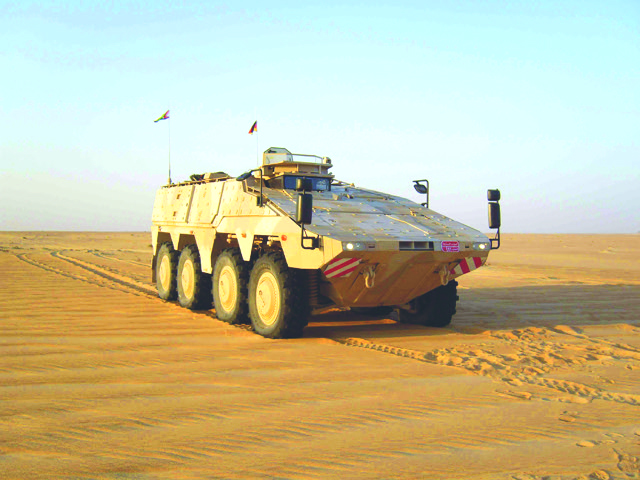 Boxer is flexible enough to fulfill a wide spectrum of diverse mission requirements including tactical flexibility and utility. Could you talk more about it?
Boxer is flexible enough to fulfill a wide spectrum of diverse mission requirements including tactical flexibility and utility. Could you talk more about it?
The Boxer family of vehicles is based on a modular system consisting of a common Drive Module and separate version-specific Mission Modules. Boxer’s modular design ensures the flexibility required to create a complete family of vehicles and offers advantages concerning new design, development, testing, production, logistics, and growth potential.
The Drive Module contains all the automotive components, the driver’s station, and important supply components (e.g. air conditioning) as well as the necessary interfaces to the Mission Module.
Apart from subordinate elements such as labels, the design of the Drive Module is identical for all vehicle versions.
The Mission Module is specific to each vehicle version and, except for the interfaces to the Drive Module, all other features may be changed to meet the customer requirements.
In service, a Mission Module can be exchanged in 30 minutes using neither special tools nor skilled maintainers. If the Mission Module is being replaced by that of a different version, the only additional task required is the download of appropriate software via a connection point in the driver’s area, which takes only a few minutes.
Both, its modularity and its inherent growth potential allow for a wide spectrum of possible vehicle configurations including extremely demanding ones, such as a 155 mm howitzer, being able to fire on the move, a Bridgelayer with a 22 m bridge capability, and most heavily protected IFVs.
Could you shed light on Boxer’s combat performance and proven track record in different combat theatres and operational scenarios?
From 2011 to 2014 the German Army operated Boxer successfully in Afghanistan. To increase NATO presence in Eastern Europe, the German Army and The Netherland’s Army deploy Boxer to Lithuania. To date more than 690 Boxer vehicles have been delivered to our customers and production is planned beyond 2030.
Currently, six nations contracted more than 1,700 Boxers in different versions. Boxer has completed deployments in a range of combat theatres, across high-intensity operations and peacekeeping scenarios. Boxer was qualified by the German authorities against the most demanding requirements of the United Kingdom, Germany, France, Australia, the Netherlands, and Lithuania concerning performance, durability, and supportability under harsh tactical and climatic conditions. In addition to government testing already conducted, Boxer protection was further enhanced for the United Kingdom, while its mobility and environmental performance were proven in trials conducted in Australia, Qatar, the United Arab Emirates, and Saudi Arabia.
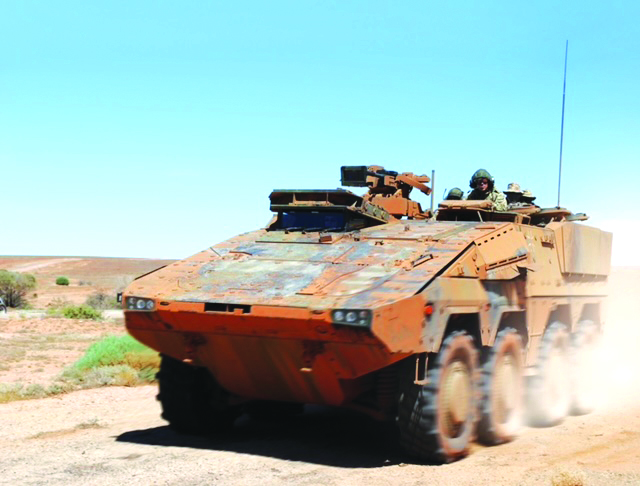 What are the key attributes of Boxer’s protection, mobility, and firepower that set it apart from other armoured 8×8 vehicles?
What are the key attributes of Boxer’s protection, mobility, and firepower that set it apart from other armoured 8×8 vehicles?
The highest priority in the design for Boxer is to meet the highest demands of protection for all vehicle occupants and basic protection for the vehicle systems. Boxer is capable of meeting the highest protection levels of STANAG and is also designed and qualified to withstand tactical nuclear threats.
The underlying protection of the Drive and Mission Modules is formed by a supporting armour steel structure in connection with adapted protection modules for basic and additional protection. An essential component of the protection concept is the two-part construction of the entire vehicle. The modular design of a multi-layer floor concept and safety cell provides a unique overmatch behaviour for wheeled vehicles that increases the probability of the survival of the occupants at a catastrophic hit.
Optional protection solutions already in use by Boxer customers are available for a wide range of possible threats (for specific levels of protection) like Large Anti-Tank (AT) mines under wheels or chassis, Large Improvised Explosive Devices (IEDs) on side and rear, Artillery fragments, with a high value of protection coverage from front, side, rear and top and against nearby explosions and Rocket Propelled Grenades (RPG), with an all-round net solution.
To be able to follow a MBT (e.g. Leopard 2) cross-country mobility requirements have been qualified at the current vehicle’s maximum combat weight and under the most extreme environmental conditions. Rapid Strategic Mobility in a combat-ready configuration is ensured by the capability of being deployed by road, train, sea, or air (A400M). By splitting the Drive and the Mission Module even more flexibility is being provided.
Therefore the Boxer unites the “Best of two” – mobility performance of tracked vehicles off-road, and wheeled vehicles on-road.
Could you provide insights into the process of qualification and testing that Boxer underwent to meet the demanding requirements of multiple nations, including the United Kingdom, Germany, France, Australia, and the Netherlands?
Boxer has been developed to a detailed Joint Technical Specification defined by the Official Services of several countries (Germany, the Netherlands, United Kingdom and France) in the first step, followed by numerous further, national specific requirements of the customer nations since.
During its development, Boxer completed approximately 200,000 km by using 12 Prototypes in different configurations and Build Standards during seven years of qualification, reliability, and durability trials. More than 1,600 requirements of two nations (Germany and The Netherlands) have been met during the initial development. Those were repeatedly confirmed during verification trials of the new customers and further enlarged by national-specific requirements. All of this lead to the required maturity and reliability at system- and sub-system level.
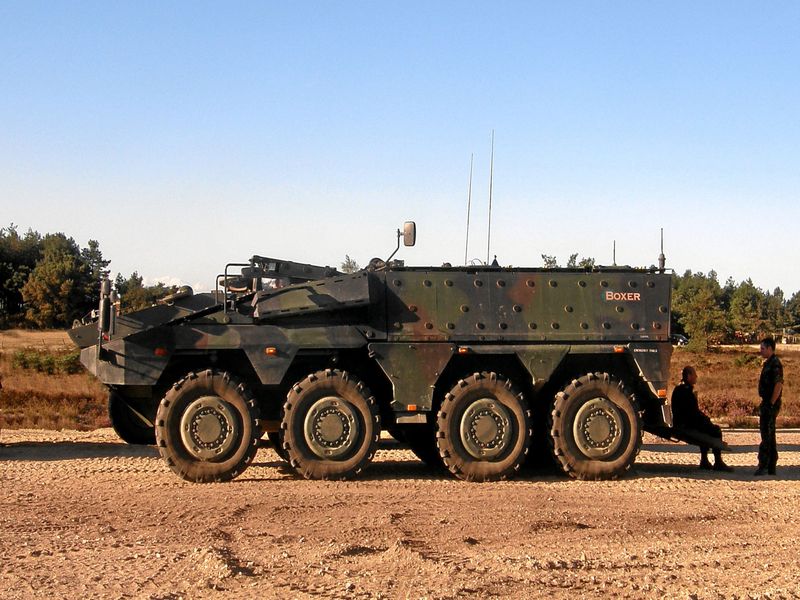 How strong are your foreign collaborations and export operations?
How strong are your foreign collaborations and export operations?
Boxer is a Multilateral Programme. In 1999, a development contract with ARTEC by Germany and the United Kingdom was signed. The Netherlands joined in 2001. The then participating nations, the UK, Germany, and the Netherlands decided to task the International Organisation of Joint Armament Cooperation OCCAR with the programme management on their behalf. OCCAR’s key task is to harmonize the requirements, timelines, and funding of the participating nations in the programme. Doing so, OCCAR acts as the focal point of contact for ARTEC regarding the programme. In 2004, the UK left the Boxer development programme, as the UK then decided to follow a new military strategy, no longer using heavily armoured wheeled vehicles as Boxer. In August 2016, Lithuania formally joined the Boxer Programme and signed the first batch of Boxer vehicles. In April 2018 Great Britain officially announced to evaluate Boxer as their Mechanised Infantry and re-joined the Boxer Programme at OCCAR.
The participating nations authorise OCCAR to act on their behalf to coordinate the programme. One of the main aspects of this coordination is keeping the common part of the programme (the Drive Module and major components of the Mission Module) ‘as common as possible’. This results in significant savings for the nations, as most parts are identical and can be shared without additional costs.
By the beginning of this year, Germany signed a government-to-government procurement of 123 ‘Heavy Weapon Carrier’ IFV manufactured by Rheinmetall in Australia. Recently a joint qualification and joint procurement between the UK and Germany was announced for the Boxer RCH155 howitzer. The same system that was already contracted for Ukraine. Further other opportunities are currently being followed.
What measures are in place to ensure the long-term functionality, technological performance, and continuous improvement of Boxer, considering the feedback and collaboration from six user nations? What are the expansion plans?
Boxer is produced in series production for several armies. Official feasibility studies of further variants, according to customer requests, are continuously conducted. Enhancements based on the feedback of the users for the Mission and Drive Module are ongoing. Multiple assembly lines at KNDS Deutschland and Rheinmetall Landysteme in Germany, the Netherlands, Australia, and soon in the United Kingdom provide flexibility and sufficient production capacity. This ensures the highest output rates as well as the necessary expertise for establishing further production lines.Continuous system improvements, OEM spare part availability, growth potential, and a cost-efficient future upgrade path, together with six user nations sharing feedback and upgrade development costs, guarantee the on-going functionality and technological performance of Boxer for the next decades.
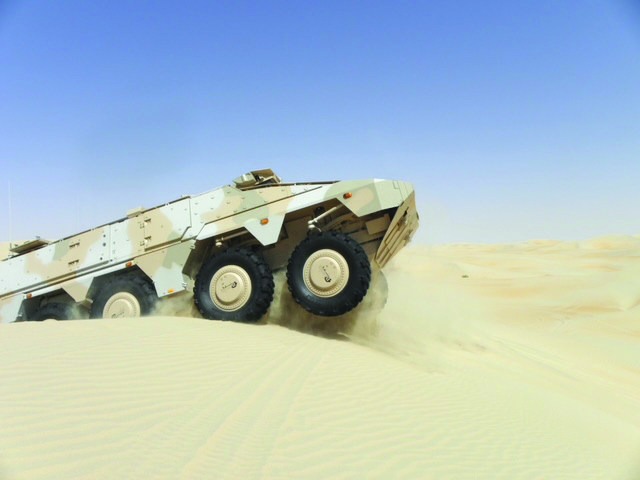
Could you talk about your participation in the Eurosatory 2024? What new can we expect from ARTEC?
ARTEC will be present at the Eurosatory 2024 via its parent companies, KNDS Deutschland and Rheinmetall Landsysteme. Several Boxer applications and variants will be showcased in both exhibition booths and present the unique modularity concept of Boxer to counter all the major threat situations of today’s world. Our participation at the Eurosatory 2024 focuses on strengthening our existing local relationship with existing and potential customers as well as partner companies and suppliers. As one of Europe’s leading Original Equipment Manufacturers (OEM), the ARTEC consortium recognises the importance of displaying our capabilities at one of the most important military exhibitions in Central Europe.
